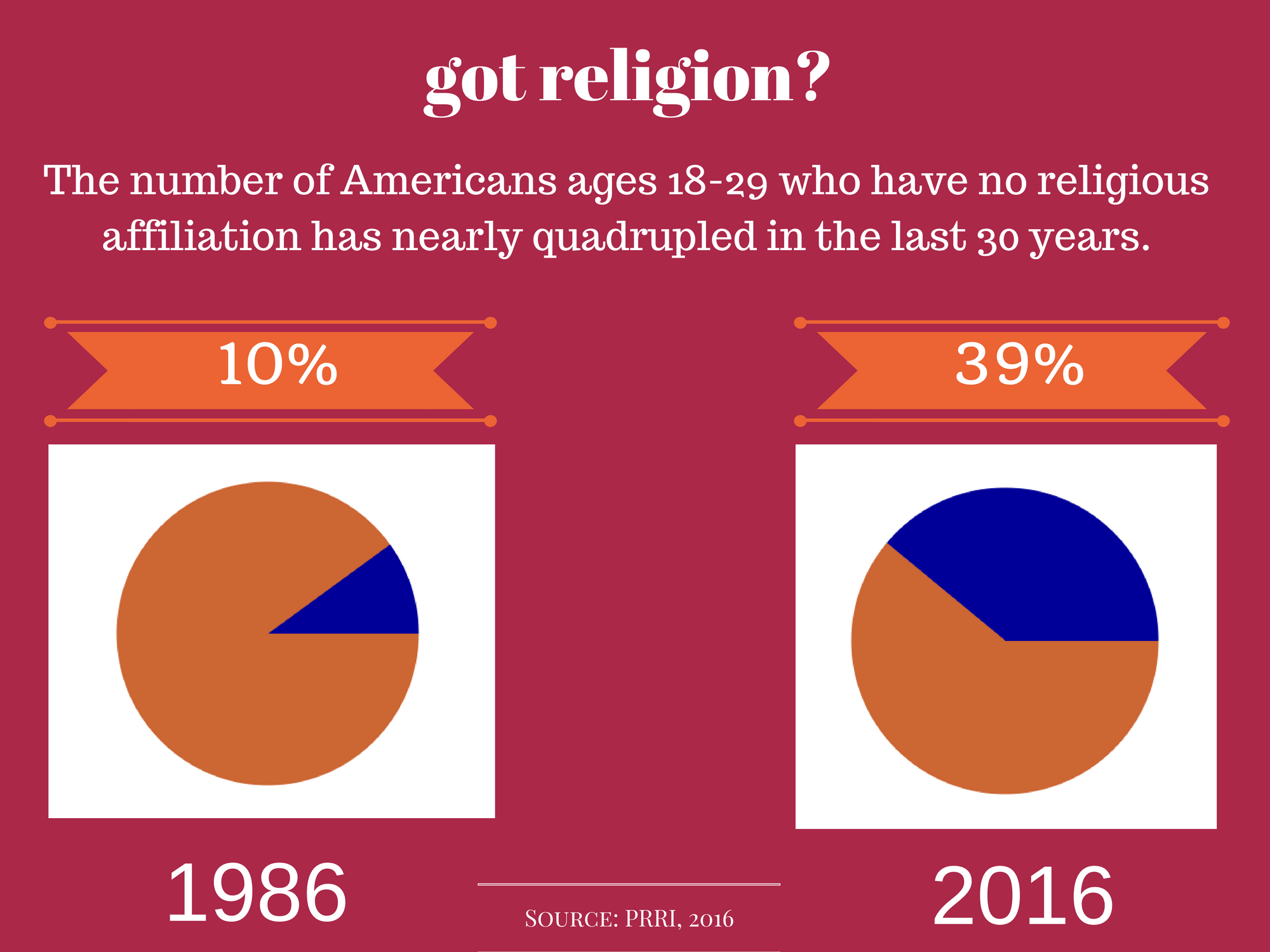The Advancement Of Church Music - From Gregorian Incantations To Contemporary Worship

Author-Austin Graversen
The history of church music is securely linked to the history of religion. Up until the high Center Ages, the only form of music that was taken into consideration spiritual was monophonic chant.
Unison shouting was the main custom up until musicians began to explore polyphony-- songs in which more than one part is sung at the same time. This advancement was not without dispute.
Gregorian Chants
Gregorian incantations are the foundation of Christian liturgical songs. Frequently, the very same tune is repeated for various texts throughout a service as well as can be utilized to show the text's mystical as well as spiritual message. Lots of Gregorian tunes are reminiscent of Hebrew synagogue melodies. A few Gregorian melodies have actually come to be prominent secular tunes, including the Renaissance track "Nun bitten wir den heiligen Geist."
Gregorian incantations are monophonic, and also they do not make use of consistency, yet they do utilize drones, a musical strategy where one note is held for an extensive period of time. They also do not have specific rhythms, yet they do feature a ternary form as well as usually include an incipit (beginning) and tempos (finishing). Gregorian incantations were created at the time of the Frankish kings' attempt to merge their kingdom under a solitary Roman celebration and chant. The most famous Gregorian incantations are the Responsorial psalms and also the Antiphons. These are accompanied by totally free tunes called tropes that highlight the text's meaning.
Hymns
The lyrics of a hymn ought to be poetic, with a clear, rational progression bring about a solid, decisive orgasm. They will certainly not stray right into peripheral throughts for a rhyme or rhythm. The tunes of a hymn ought to be familiar, to ensure that they can be conveniently discovered as well as sung.
https://cbs4indy.com/news/eden-missionary-baptist-church-senior-pastor-makes-history/ has a strophic kind, with numerous brief knowledgeables sung to the same melody. This allows for congregational singing and aids to present the narrative arc of the song. Timeless hymns have a refrain, although there are some without one.
In the 16th century, Renaissance polyphony eclipsed Gregorian shout temporarily, McDonnell says. However with liturgical reforms taking place in the 20th century, Gregorian chant was brought back, Black includes.
Scripture Tracks
Gregorian incantation as well as various other Western church music are rooted in ancient times when people spontaneously burglarized track to reveal their feelings. This practice can be seen in scriptural accounts of occasions such as the track of party led by Miriam adhering to a divine wonder when she parted the Red Sea, and also the spontaneous ode pneumatikos sung by Mary after becoming pregnant with Jesus.
Throughout the Second Great Awakening in the 1800s, Protestant religions began to grow rapidly and also many of them utilized songs to connect their faith. Charles Wesley and Isaac Watts composed hymns that were preferred, as well as African American slaves developed a style of music referred to as spirituals.
These African American religious songs included facets of people and blues music, but they additionally preserved a deep spiritual pathos. When they combined with black church music that arose from the Righteousness motion, which emphasized personal devotion, scripture tunes were born. They tended to have a refrain and also were generally at a faster speed than hymns.
Contemporary Worship
When it involves contemporary praise, every church does points a bit differently. While many churches make use of a variety of designs, the majority of are rooted in modern-day sorts of popular music with a strong influence from pop culture.
These styles are often based on instruments like guitars and basic choruses. They are created to democratize congregational singing so even more people can get involved. The style has actually developed from the individual guitars of the 1970s to even more acoustic string and also woodwind instrumentation.
Yet while the battering kick-drums of the most up to date Mumford and also Sons tune could appear more in tune with modern-day culture, there are other styles that can be more theologically focused and also musically innovative. As https://www.newyorker.com/books/under-review/american-christianitys-white-supremacy-problem , hymns with a clearly theological lyrical focus blending traditional rhythms and instruments have begun to arise in recent years. The pattern is motivating and also one that might at some point bring Gregorian chants back right into the mainstream of contemporary praise. The crucial point is not to develop a dichotomy between style and also substance.

